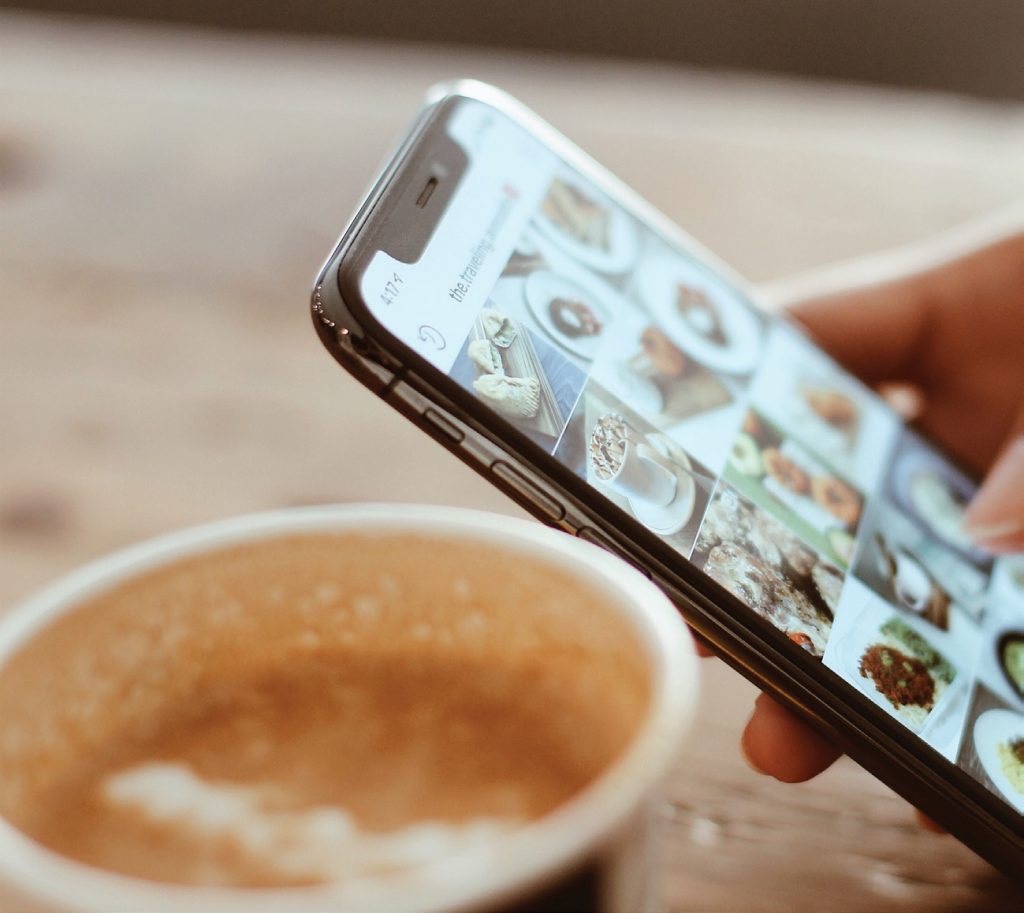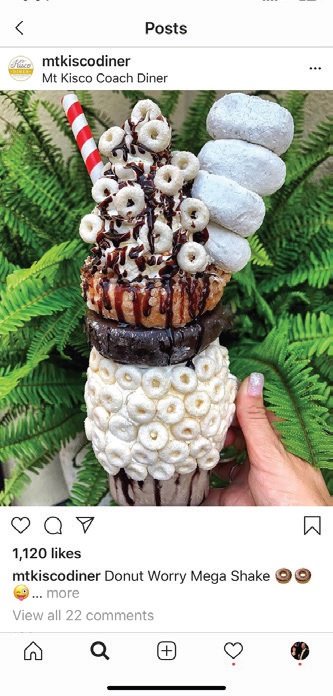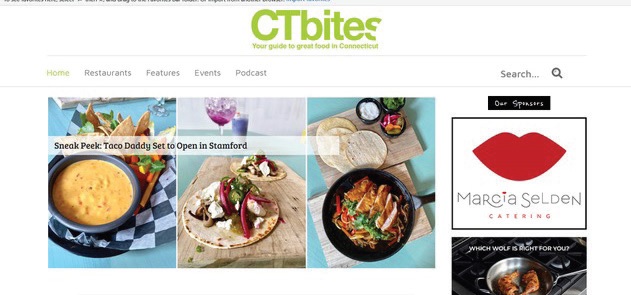Going Social
Posted by estiator at 14 December, at 15 : 29 PM Print
Can social media influencers help your business, and can you become one yourself?
By Constantine Kolitsas

Millennials are all about the experience. This demographic is looking to have an immersive experience that turns them on to something new—whether it’s a restaurant, a bar, or a travel destination. And where previous generations turned to newspaper and magazine critics who waxed poetic about the hottest culinary spot, today’s consumers look to the internet, where a bevy of social media influencers are flooding cyberspace with their opinions, photos, and videos of restaurants from coast to coast. Some use platforms such as Instagram, Twitter, YouTube, and Facebook, while others are members of web-based communities contributing to a specific website, and yet others have their own dedicated sites. Understanding who these social media influencers are and how to approach them is critical for restaurateurs in an age where marketing has taken a hard shift from traditional to new media outlets.
In the last year I’ve helped open two restaurants, one in Manhattan and another in a quiet town in Connecticut’s Litchfield County. In the case of the NYC eatery, the owner had a media consultant who sought out the bloggers, and in the second case, I was all on my own.
It stands to reason that an area’s population density will determine the number of social media influencers serving that area. In the case of the Upper West Side of Manhattan, there are likely a great number posting photos and critiquing restaurants. In the month or so I was there to open the restaurant, we had three bloggers come, one our media consultant had reached out to and two who had contacted her through our website. In each case, the meal was complimentary, and we were careful to put on a show for them when they visited. This is no secret drop-by from a noted restaurant critic but, rather, a very staged, collaborative process. They were there for the free meal, and we were in it for the food photos they were going to post, along with oohs and aahs they were going to write into their comments.
Nothing is better than when a chef or restaurant owner continually posts amazing food photos
The first blogger to drop in was a young woman in her late 20s. She was using the visit as an excuse to hook up with someone she had met online. As usual, we tried to control the experience by asking if she wouldn’t mind the chef sending out dishes he felt most proud of. She was accommodating and took pictures with her iPhone as any other patron posting to Instagram might do. She had quite a bit of wine and sent the date off early, complaining to me what a drip he was and how hard it was to find a good guy in Manhattan, even if it was just for the night. And then she asked for four entrées to take out because her mother was worried about her not eating enough. Her day job, she said, didn’t take her far beyond her rent, and she didn’t charge to blog for restaurants, but was in it for the food. Had this exchange taken place with my father at his restaurant in 1985, she would have been sent into the kitchen to wash dishes for a week. But this was 2019, and I thanked her profusely for coming and told her how much I looked forward to seeing her posts.
The second visit took place a few days later and was from a family of three. The wife was the blogger, but the husband was the one who was taking the lead as they came into the restaurant. He dropped a dozen names in the span of a minute and kept talking and talking. They knew a bit about food, where the single girl with the dud of a date that came previously seemed clueless. They asked intelligent questions, discussed some foods they like to prepare at home in great detail, and had traveled extensively, tasting their way through much of the globe. They were happy to have the chef send out items he wanted them to try, and they snapped photos at every plate’s arrival. On the way out, they were hugging everyone and insisting they would be back with friends.
The third visit came within a week and was from two couples who had an upstart social media advertising firm. They made a soft pitch before getting on with the evening. In this case, they knew their stuff. They asked about signature craft cocktails, about where specific foods were sourced, about the chef’s curriculum vitae. They didn’t simply shoot photos as food and beverages arrived to their table but asked that a nearby table be commandeered for them to stage the photos, blending in backdrops and adding props. This was more professionally done, taken with a DSLR and small lights, as opposed to the iPhone the others used. And while they accepted our suggestion that the chef choose the meals to send out, they challenged us at each one, ensuring that the dishes chosen were photogenic, and then suggesting some themselves they thought would be of interest to their followers (and their appetites). Like the other influencers, they were in it for the food, but, unlike the others, they also charged a small fee.
Two weeks later, we did not see a spike in sales, and not a single patron commented that they saw us on any of the blogs.
In Litchfield County, the experience was the opposite.
Like politics, social marketing is local. While it’s great to receive recognition from a regional food blogger, it’s the local ones who bring in the local people. Unless you are a destination restaurant where people will drive 30 miles to come and eat your food, it makes little difference when a food blogger from the closest major metropolitan center (in this case, Hartford) posts about your pizza.
And so, when taking on the assignment to open a pizza takeout and delivery restaurant in a midsized Connecticut town (population 35,000), I immediately asked around about the area’s social media influencers. Two were recommended—one administered a Facebook page that was widely followed in town, while another hosted a podcast showcasing area businesses. I had been proactive by becoming a member of four Facebook pages townspeople followed, posting photos and information at least twice a week, which had generated lots of buzz around town and helped to build business immediately.
We held a ribbon cutting about two weeks into operation and invited local officials and business leaders to sample our pizza. Both influencers were invited, but only one could attend. He posted scores of photos and video and about a dozen shots of our pies to the FB page, which generated a ton of comments and likes, and gave business a nice boost. He didn’t charge anything, and when he came in for pizza a week or two later, he graciously accepted my offer to treat.
The podcast host, unfortunately, was unable to attend, but after discussing with him, I decided to commit to a show, which came with a nominal sponsorship fee of $100. He and his co-host came to the restaurant with their microphones and sound equipment and we sat and talked in real time about the restaurant and what we were all about, tasting our way through the menu. (I had orchestrated a tasting of six specialty pizzas to come out in short succession.) The hosts knew their stuff and were very engaging. As a former radio host myself (I did a Greek music show on New York’s Cosmos-FM for years), I felt comfortable behind the microphone and the 40-minute podcast went off perfectly. The show has only about 600 listeners, but I will wager my right arm that everyone who hears it will come and sample the pizza.
In the interim, the local newspaper came and did a complimentary half-page, well-positioned article on the restaurant and, again, there was an immediate uptick in business. But an article is different from an ad. While the article drew attention, there typically aren’t many responses to newspaper ads, in my experience. Finally, nothing is better than when a chef or restaurant owner continually posts amazing food photos. Watch the movie Chef to understand the power of social media (in it, a chef’s pre-teen son catapults his father from a food truck cook to a culinary star by posting to Instagram and Twitter). In Westchester County, the Mount Kisco Diner has seen sales grow through the roof, largely due to a phenomenal social media presence driven by incredible food photos taken by the owner and his staff that are posted to Instagram on a regular basis.
And this completes our argument: Owners themselves can captain their destiny by becoming social media influencers in their own right. They need to simply learn how to stylize great food photos and post, post, post.



Restaurants like the Mount Kisco Diner have done a great job of leveraging social media on their own by posting compelling images of their food onto Instagram (top), while regional blogs direct foodies to restaurants as newspaper food critics once (more effectively) did.















